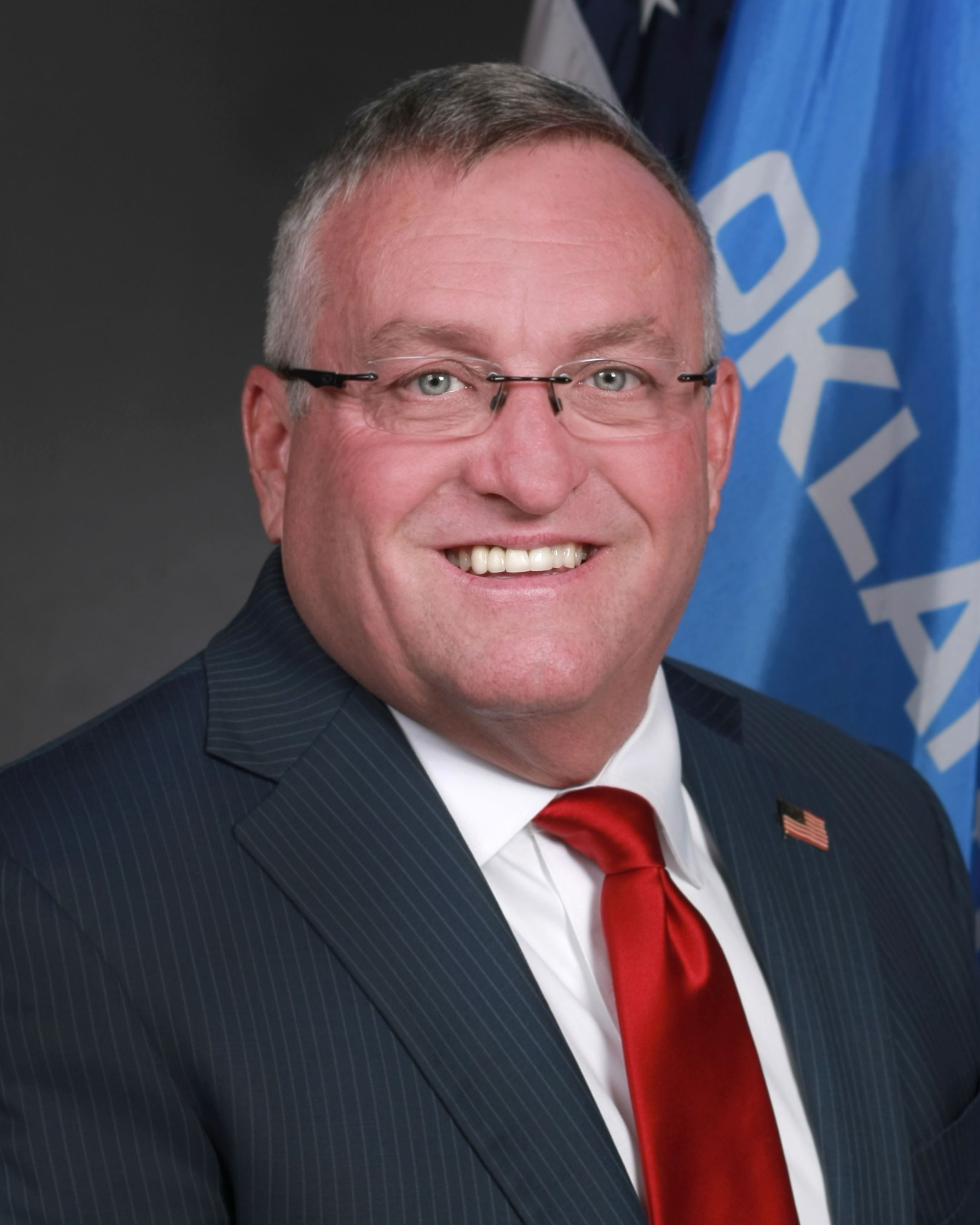Broken Arrow's Tiger Connect Program Shows Potential Remedy for Student Behavior Issues
OKLAHOMA CITY – Rep. Ross Ford, R-Broken Arrow, recently showcased Broken Arrow Public School's Tiger Connect program before the House Common Education Committee. The specialized learning program addresses students struggling with behavior issues in the classroom. Ford suggests the program could be replicated in schools statewide. "In my opinion, this program is a gamechanger for students not only in elementary school, but it will change their trajectory for a lifetime," said Ford, who as a former police officer witnessed many student discipline issues. "This program teaches them life lessons for how to handle situations that may be out of their control." Chuck Perry, who became superintendent for the district in December 2021, said one of his first goals was to talk with teachers. "It was one of the most depressing and eye-opening things I have ever done," Perry said. "There wasn't a site where I didn't talk to a teacher that just said, 'I'm done. I can't do this anymore. I feel just dejected when I leave every day because I don't feel like I'm making the impact that I got into the profession to make.' "It wasn't because math was so hard to teach," Perry said. "It was because of the behaviors in the classroom that were becoming more of a challenge." This wasn't just happening in his schools, he said, but across the state. Every teacher encounters students that need extra attention, Perry said, but this was becoming eight to nine students in each class. This was preventing the other students from receiving the education they deserve. "I felt like we lost common sense in education," Perry said. "We had lost what I term order in schools." He didn't want teachers to instill fear in students. "But there has to be an environment in the classroom where teachers can teach and students can learn. Perry made a decision for the 2022-23 school year that restoring order in the classroom would be a priority. This had to happen before the district could see great academic gains. "I'm a big believer, you can spend a ton of money on programs, curriculum, do all these things, but nothing is going to have a bigger impact in that classroom than a great teacher. And we were losing great teachers out of that profession. I felt like as educators, we were pointing to Oklahoma City to legislators saying, 'It's your fault. We don't have enough money.' But I felt like it was time we looked in the mirror and said, "What can we do to change that environment in the classroom?' We all have to take responsibility for what was going on." Derek Blackburn, assistant superintendent over discipline, security and health, and Rachel Kaiser, executive director of enrollment, studied efforts in other states and brought the Tiger Connect program to Perry's attention. He credits its success to them and to other administrators and teachers that have made it work. Perry said a lot of issues stem from trauma or instability that occur in a student's younger years. Instead of dealing with the students in first- or second-grade, however, educators were waiting until middle or high school when more extreme behaviors manifest, and the only discipline options are long suspensions or alternative education. That's often too late, he said. He felt teachers needed to target elementary students that were non-special ed that for whatever reason could not self-regulate and control their behaviors and emotions in the classroom. The Tiger Connect program uses student discipline data with educator feedback to identify students that need extra support. The program lasts at least six weeks and ideally starts with students as young as possible. Trained teachers, such as Joe Freeman, work with small groups of students in a supportive, structured learning environment. "We're able to individualize some of the teaching and learning, and we can easily address if there's maybe an issue coming that we can see, and we can take care of that before it escalates," Freeman said. Students receive counseling, help with social skills and staying on task, and parents are brought into the process to be taught how to reinforce positive behaviors at home. The partnership between educators and families is part of the program's success. Parents say the program has been life-changing, reporting their children can now tell them what emotions they are feeling and why and better manage their own behavior. All of this has led to positive changes in student behavior and an enhanced learning environment for all students and teachers, Perry said. The interim study can be viewed on the House website.

